توضیحات
دانلود حل المسائل (حل تمرین) کتاب طراحی و آنالیز سیستم نوشته روبرتا روث، الن دنیس و باربارا ویکسوم – ویرایش 5
ویرایش پنجم طراحی و آنالیز سیستم آلن دنیس با رویکرد عملی خود به آنالیز و طراحی سیستمها با تمرکز عمیقتر بر مجموعه اصلی مهارتهایی که همه تحلیلگران باید از آن برخوردار باشند، همچنان بر مسائل قبلی استوار است. دنیس همچنان، تجربه توسعه و تحلیل سیستمها را به گونهای به دست میآورد که خوانندگان بتوانند بهعنوان یک تحلیلگر سیستم، آنها را درک کرده و به کار ببرند و پایهای غنی از مهارتها را توسعه دهند.
عناوین فصول کتاب:
- تحلیلگر سیستم و توسعه سیستم های اطلاعاتی
- انتخاب و مدیریت پروژه
- تعیین الزامات
- استفاده از تجزیه و تحلیل موردی
- مدل سازی فرایند
- مدل سازی دیتا
- فاز طراحی، طراحی استراتژی و طراحی معماری
- طراحی رابط کاربری
- طراحی برنامه
- طراحی ذخیره سازی داده ها
- حرکت به سمت اجرا
- انتقال به سیستم جدید
- حرکت به سوی اشیاء
بخشی از فصل اول حل المسائل
از کتاب طراحی و آنالیز سیستم
What are the major roles of a project team?
Business analyst – emphasis on the business issues addressed by the system: value of new system; identification of problems and opportunities; revision of business processes and policies.
Systems analyst – emphasis on IS issues of the system: how IT can be used to support business processes; design of new business process and IS; and enforcement of IS standards.
Infrastructure analyst – technical issues associated with integrating new system components into existing technical infrastructure.
Change management analyst – emphasis on facilitating organizational adaptation to the new system. Helping to identify and overcome resistance to change and assuring adequate training and documentation of the new system.
Project manager – ensuring that progress is made on the project; time schedules and budgets are met; supervision of project team; and managing relations with project sponsor and users.
- Compare and contrast the role of a systems analyst, business analyst, and infrastructure analyst.
These three roles emphasize different perspectives on the system. The business analyst represents the sponsor/user’s interests, while the systems analyst knows how to apply IS to support business needs. Together, the systems analyst and the business analyst can design a system that conforms to the IS standards while adding value to the business. The infrastructure analyst has more technical knowledge and provides the team with technical constraints, or identifies infrastructure changes that the new system will require.
- Compare and contrast phases, steps, techniques, and deliverables.
Phases are broad groupings of activities performed in the process of developing an information system. Generally, we define four phases: planning, analysis, design, and implementation. Within each phase, the required activities or tasks are outlined as a series of steps that guide the work to be performed. Steps are accomplished by applying the appropriate techniques, or ways to carry out the tasks. Deliverables are the understanding and/or specific materials that are produced that represent the accomplishment of a step.
- Describe the major phases in the systems development life cycle (SDLC).
The planning phase focuses on determining if there is justification to build an information system and developing a plan to accomplish the development project. The analysis phase is focused on understanding the existing situation and determining the needs and requirements expected from the new system. The design phase refines the system requirements (from analysis) and develops specifications for how the new system will fulfill those requirements. The implementation phase involves constructing (or installing) the new system, testing, converting, training, and providing support for the new system.
- Describe the principal steps in the planning phase. What are some major deliverables?
Step 1 – Project Initiation: the project sponsor works with the IS department to develop a preliminary assessment of the project’s feasibility. It is important to make an initial evaluation of the project’s value (is it worth doing; is it technically possible for us; will it be used?). The system request and the results of the feasibility analysis are usually presented to management for approval. If the project is accepted, we move to:
Step 2 – Project Management: the project work plan is created, project staffing is determined, and project management controls and procedures are established. These elements comprise the project plan.
The deliverables in the planning phase include the feasibility analysis and the project plan.
- Describe the principal steps in the analysis phase. What are some major deliverables?
Step 1 – Analysis Strategy: based on the nature of the project, the project team will formulate the approach that will be used to develop the requirements for the new system. The strategy usually includes the following steps:
Step 2 – Analyze the current system: gather information from the project sponsor and users of the current system regarding its strengths and weaknesses. Use the problems identified to formulate objectives for the new system.
Step 3 – Create a new system concept: based on the gathered information, develop a general concept of the new system, including functions and capabilities it will have.
Step 4 – Modeling activities: express ideas for the new system’s processing and data requirements with process models and data models.
Step 5: Prepare and present system proposal: assemble the analysis results, system concept, process model, and data model into a proposal for the new system. The project sponsor and/or approval committee will determine if the system has enough merit to continue development.
The primary deliverable for the analysis phase is the system proposal, which combines the information generated during this phase into a document that expresses the initial conceptual design for the new system and the basis for the design decisions.
در صورت داشتن هرگونه سوال و یا مشکل در بخش پشتیبانی شاپ تو استور مطرح نمایید.


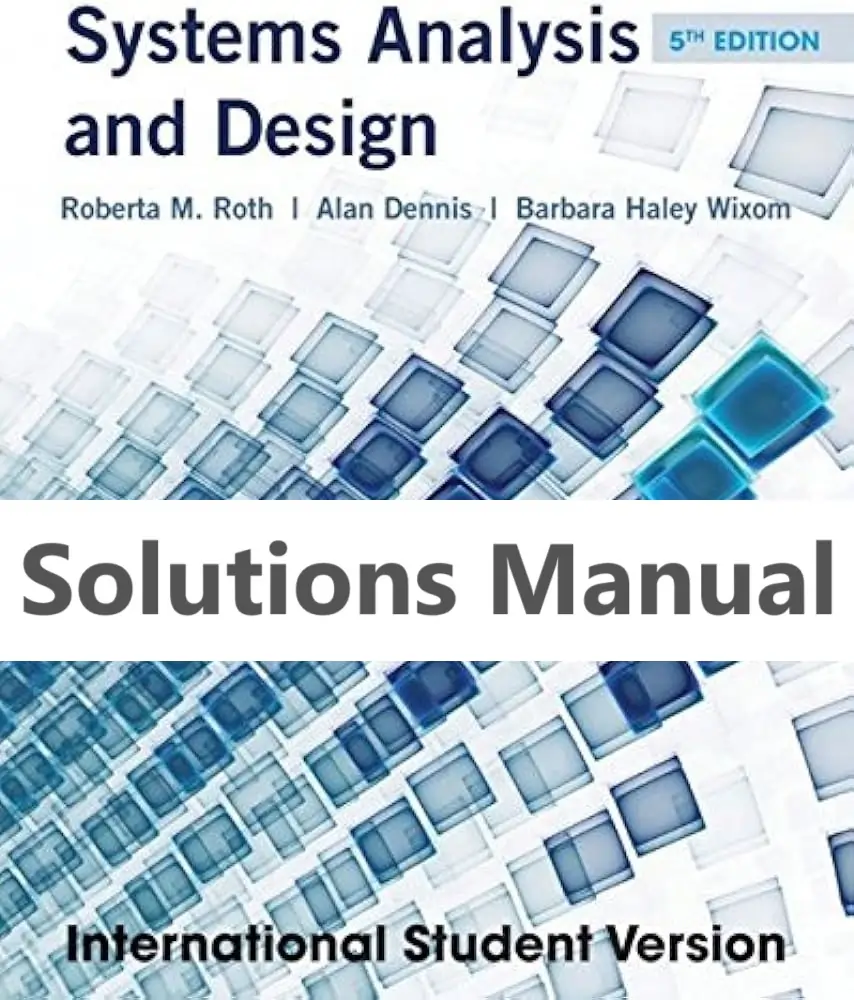
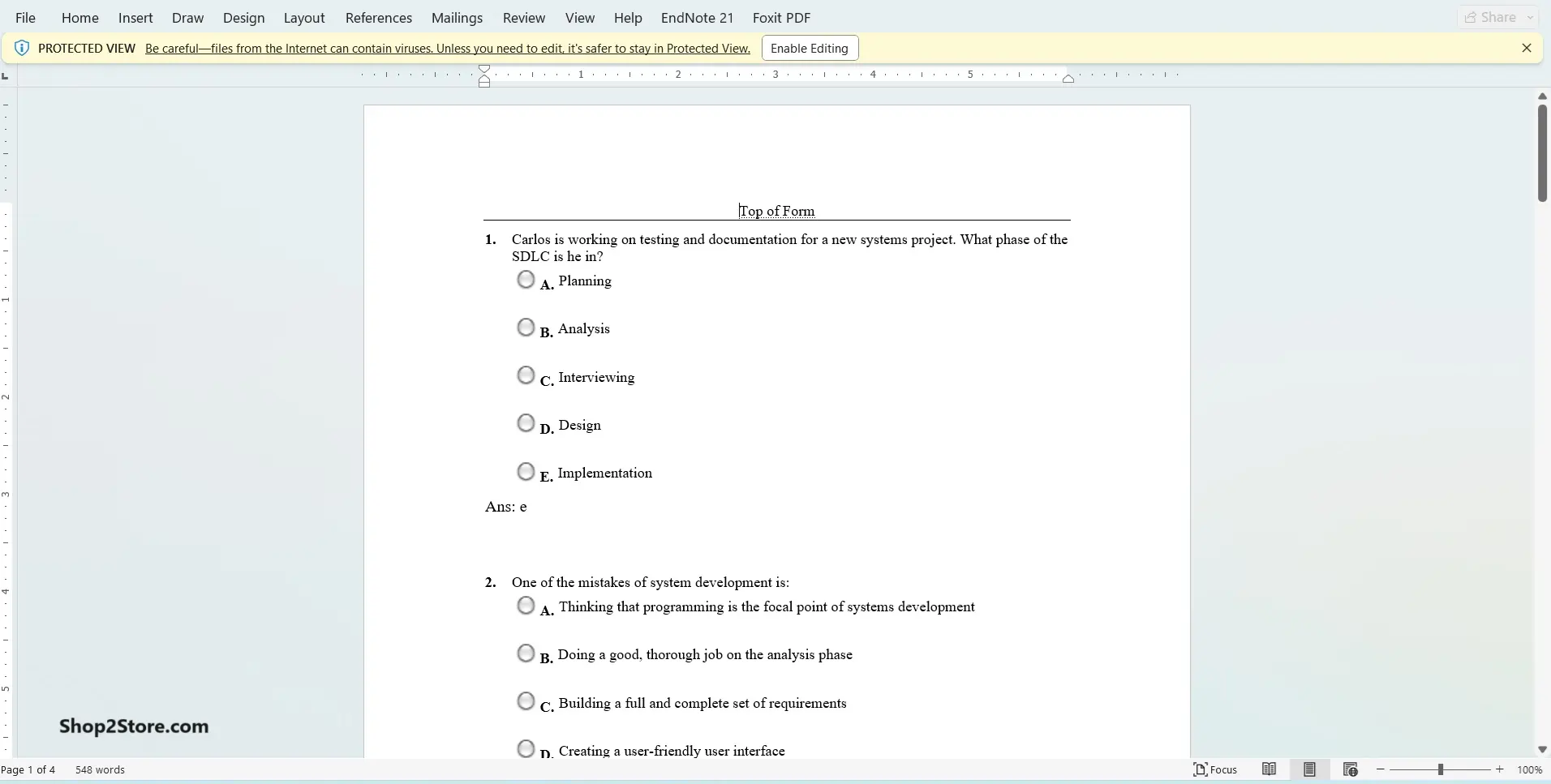
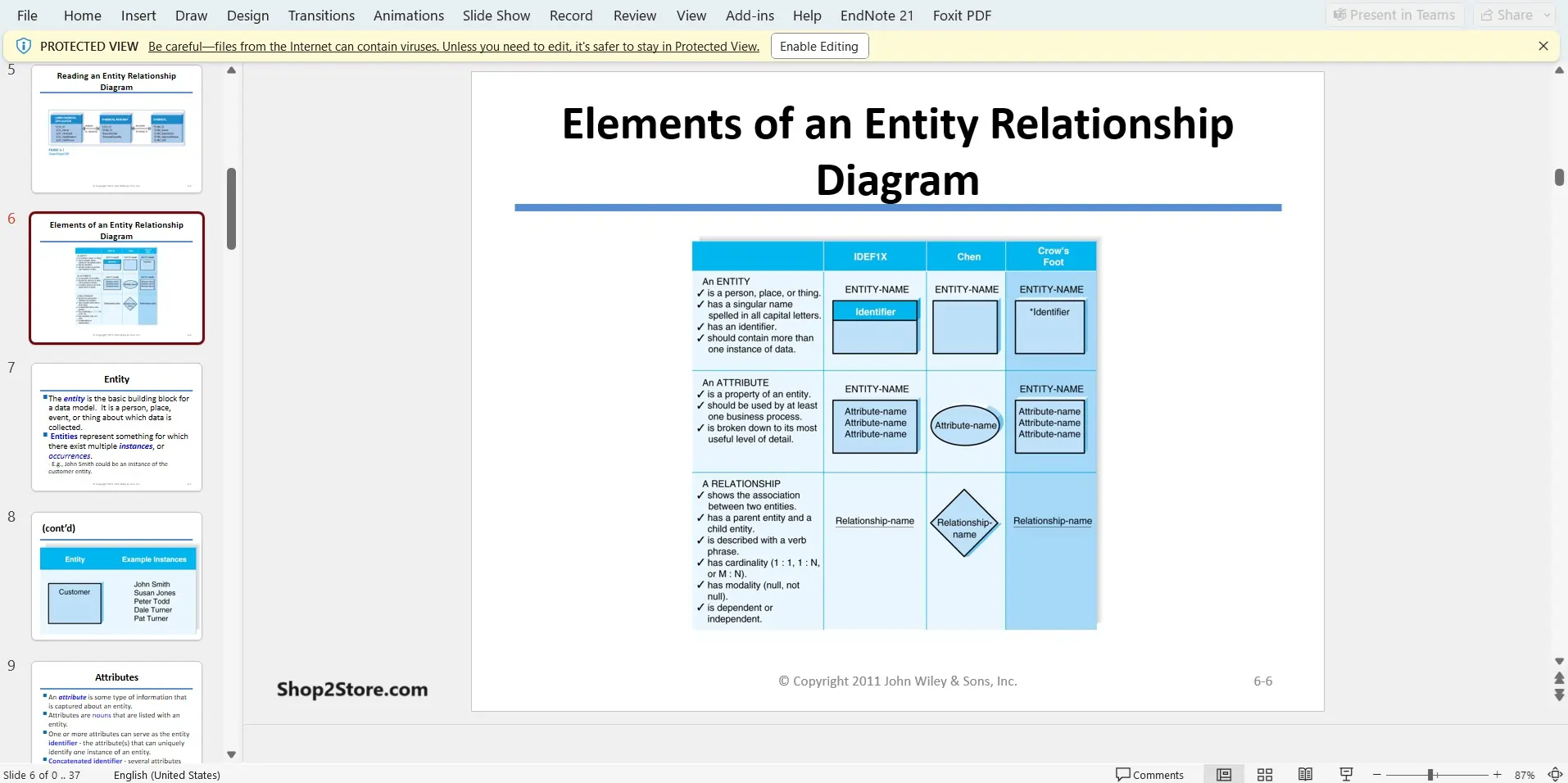
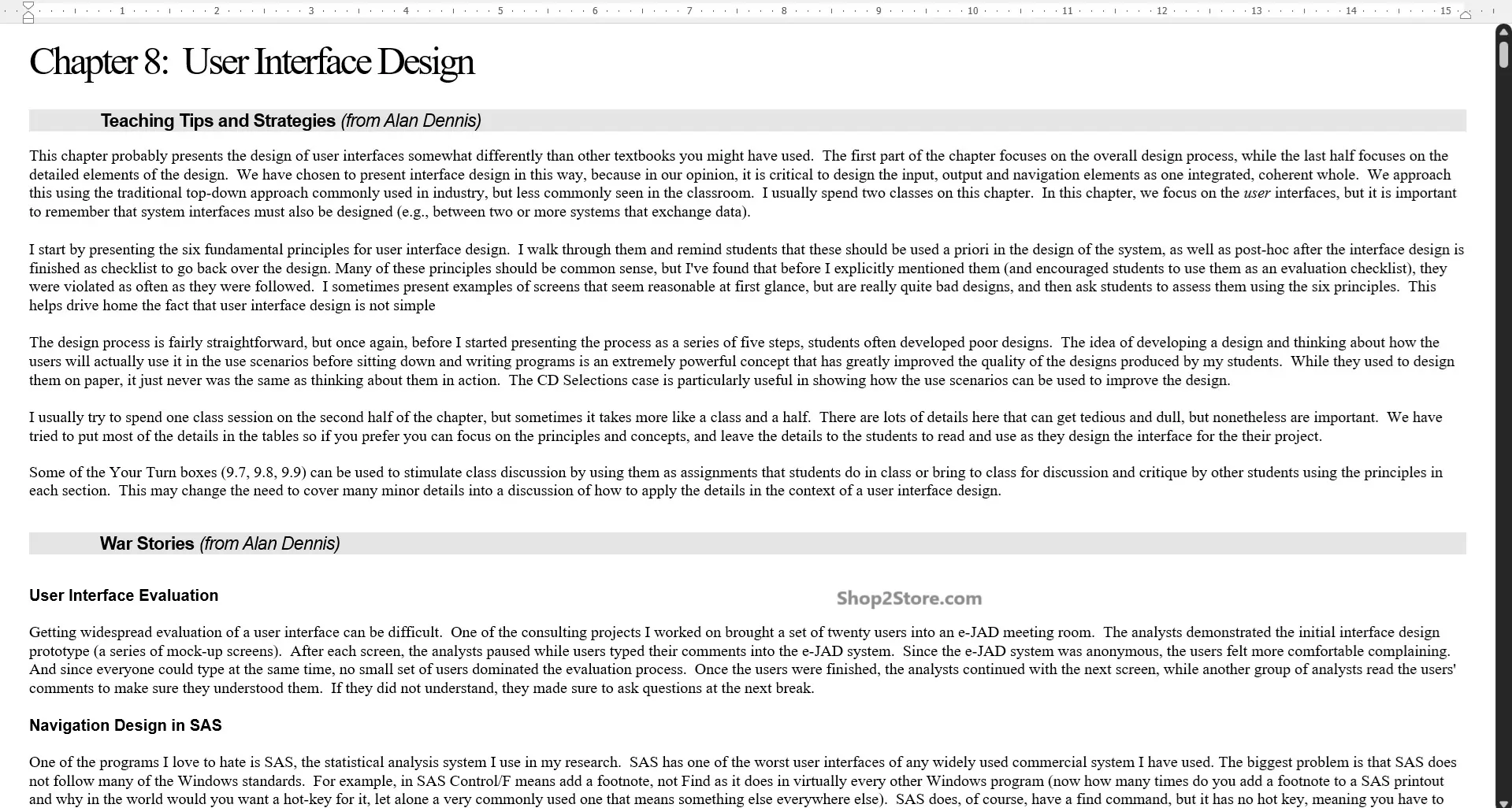
 اگر این محصول را خریداری کنید،
اگر این محصول را خریداری کنید، 












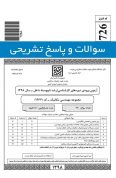
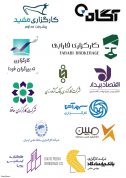

دیدگاهها (0)
نقد و بررسیها
هنوز بررسیای ثبت نشده است.